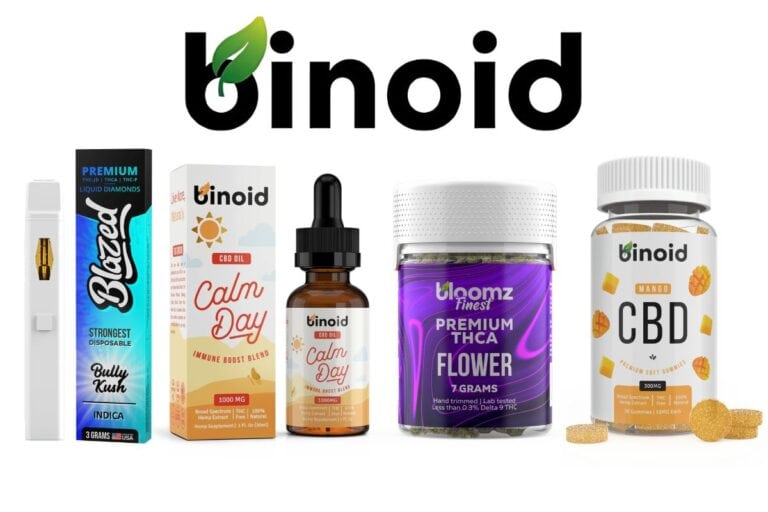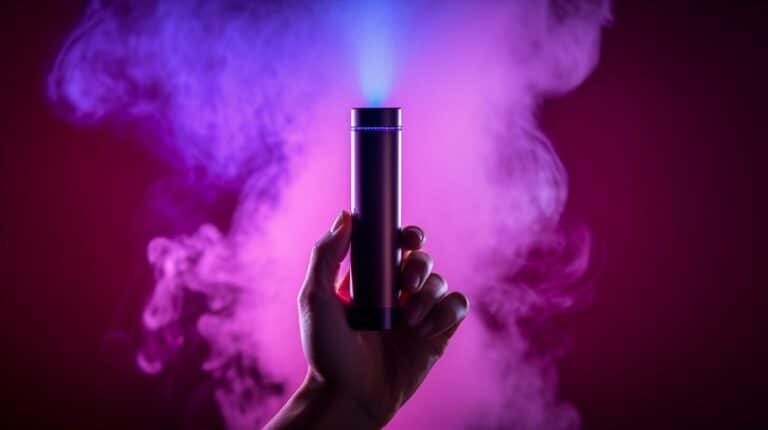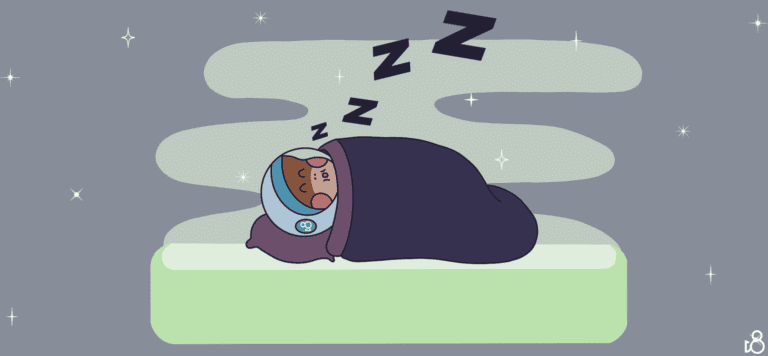What is the Strongest Cannabinoid: A Comprehensive Overview and Comparison
Cannabinoids, the enchanting ingredients in cannabis, latch onto unique spots within our bodies, sparking a series of effects. Imagine a key fitting perfectly into a lock – this is precisely how these 100+ cannabinoids work their magic. Scientists are always on the hunt, eager to decode the mysteries of each one, how they can cure us, and which one packs the biggest punch. Discovering the champion of cannabinoids isn’t just for science nerds; it matters a lot for health gurus and those looking to relax with some pot.
This pursuit requires an understanding of the different cannabinoids and their relative effects on the body. While THC (delta-9-tetrahydrocannabinol) is famous for its psychoactive properties and CBD (cannabidiol) is valued for its non-intoxicating therapeutic benefits, other cannabinoids, such as delta-8-THC and THCV (tetrahydrocannabivarin), are under investigation. As research progresses, new contenders for the title of the strongest cannabinoid may emerge.
Key Takeaways
- Cannabinoids interact with the body’s receptors, producing various effects and benefits.
- Determining the strongest cannabinoid involves comparing their potency and potential therapeutic value.
- Research on high-potency cannabis strains continues to identify new candidates and expand our understanding.

Understanding Cannabinoids
Cannabinoids are a class of compounds found primarily in the cannabis plant, including both marijuana and hemp varieties. They interact with the human endocannabinoid system (ECS) to produce a range of effects, from psychoactive, to medical, and recreational. This section will help explore the intricacies of the endocannabinoid system, CB1 receptors, and their implications in understanding the potency of various cannabinoids.
The Endocannabinoid System
The endocannabinoid system (ECS) is a complex cell signaling system within the human body that plays a crucial role in maintaining physiological balance. It is comprised of three main components: endocannabinoids, receptors, and enzymes. The ECS is involved in regulating a wide range of functions, including mood, appetite, sleep, memory, and immune responses.
Cannabinoids from the cannabis plant, such as THC and CBD, interact with the ECS to produce various effects. THC, the primary psychoactive cannabinoid in marijuana, binds to CB1 receptors in the brain, resulting in the euphoric “high” commonly associated with cannabis use. CBD, another well-known cannabinoid, is non-psychoactive and has been shown to have potential therapeutic benefits, such as reducing anxiety and inflammation.
CB1 Receptors
CB1 receptors are a type of protein found primarily in the brain and central nervous system. They are one of the two main types of cannabinoid receptors, with the other being CB2 receptors. CB1 receptors play a vital role in the endocannabinoid system, as they are the primary target for THC and other psychoactive cannabinoids in cannabis.
When THC binds to CB1 receptors, it can stimulate the release of various neurotransmitters, leading to the psychoactive effects experienced with cannabis use. However, not all cannabinoids have the same affinity for CB1 receptors or produce the same outcomes. This is part of the reason why different cannabinoids in marijuana can have different effects on the body and mind.
In conclusion, understanding cannabinoids, their interactions with the endocannabinoid system, and specifically CB1 receptors, can be crucial in determining the potency and effects of various cannabinoids. This information can have implications in the development of new cannabis-based therapies, as well as our approach to responsible and informed marijuana use.
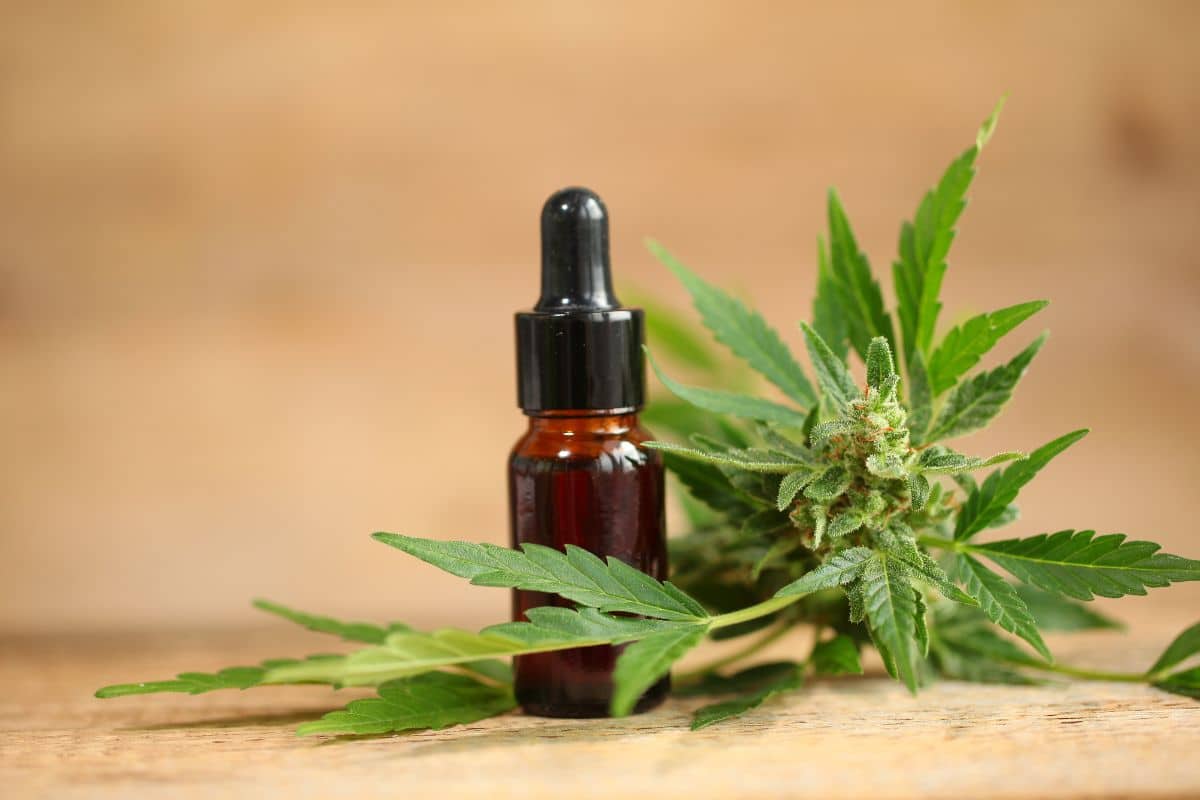
Popular Cannabinoids
Cannabinoids are the naturally occurring compounds found in the cannabis plant. They interact with our bodies’ endocannabinoid system, causing various physiological effects. One of the most well-known and widely studied cannabinoids is Delta-9 THC, which is responsible for the psychoactive effects often associated with marijuana use.
In addition to Delta-9 THC, there are other popular cannabinoids, such as CBD, CBG, and CBN. CBD, or cannabidiol, is known for its therapeutic and non-intoxicating properties. It has gained popularity for relieving pain, anxiety, and inflammation. CBG, or cannabigerol, is another non-intoxicating cannabinoid with alleged anti-inflammatory, antibacterial, and neuroprotective properties. CBN, or cannabinol, is known for its mild psychoactive effects and potential to aid sleep.
Two other variants of THC, Delta-8 and Delta-10, are also popular among users seeking different experiences. Delta-8 THC has a similar chemical structure to Delta-9 THC but offers a milder psychoactive effect. Delta-10 THC is a relatively new discovery and is still being researched, but preliminary results suggest it may have unique effects on focus and energy.
There are also lesser-known cannabinoids such as THCV and THCa. THCV, or tetrahydrocannabivarin, has shown potential to suppress appetite and regulate blood sugar levels, making it an attractive option for those seeking weight loss or diabetes management. THCa, or tetrahydrocannabinolic acid, is the precursor to THC and has demonstrated anti-inflammatory and neuroprotective effects.
Each cannabinoid offers its unique properties and potential therapeutic benefits. The effects can vary depending on the user and the specific cannabinoid combination present in different cannabis strains. By understanding the properties of these cannabinoids, individuals can make informed decisions to better suit their needs and desired experiences.
Comparing Cannabinoid Potency
When discussing cannabinoid potency, it’s essential to consider the various strains and compounds present in the cannabis market. Among these compounds, Delta-9-tetrahydrocannabinol (THC) has long been the primary focus, as it is the main psychoactive component in cannabis. However, recent developments have led to the emergence of other potent cannabinoids, such as THC-O and HHC, which offer unique effects and potential benefits.
THC-O, or THC-O Acetate, is a modified version of the standard THC molecule with added acetyl groups. This change in its structure results in heightened potency and a distinct psychotropic experience compared to regular THC. Enthusiasts often describe THC-O as providing a more introspective and psychedelic experience.
HHC, or Hexahydrocannabinol, is another potent cannabinoid derived from cannabinoid synthesis and research. While it is structurally related to THC, it offers a different profile of effects, which some users may find more desirable. HHC, like THC-O, is emerging as a popular alternative for those seeking a distinct experience from traditional cannabis products.
Terpenes, the fragrant molecules found in cannabis and other plants, also play a critical role in determining a strain’s overall effects. Different terpenes can alter the way cannabinoids interact with our bodies, leading to increased or decreased potency. For example, certain terpenes cause a strain to be more calming and soothing, while others may lead to an energetic and creative effect. Therefore, when discussing the strongest cannabinoids, it’s essential to consider the role of terpenes in the mix.
In conclusion, comparing cannabinoid potency involves examining the various compounds, such as THC-O and HHC, along with the specific terpenes present in each strain. The cannabis market continually evolves, and new, more potent strains and products are frequently introduced. As a result, consumers should stay informed and make educated decisions based on the unique properties and effects of each cannabinoid and terpene profile.
Strongest Cannabinoid Contenders
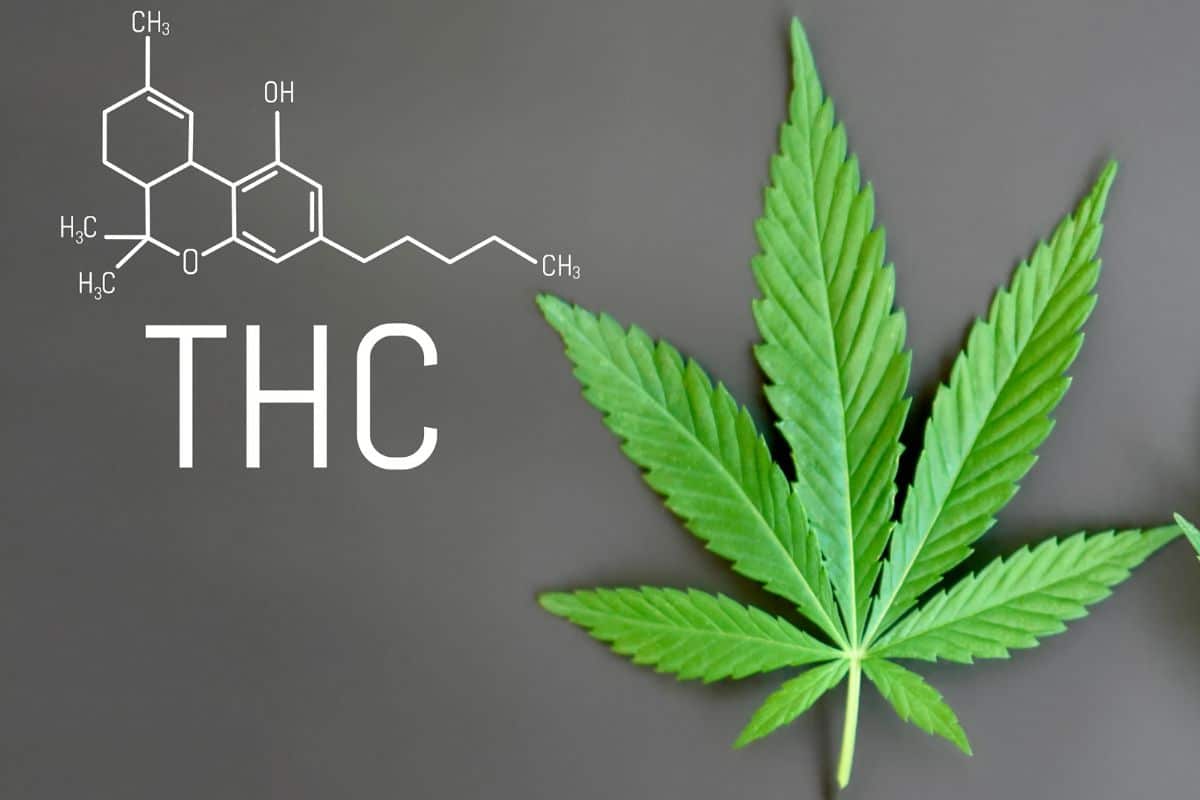
Tetrahydrocannabinol (Delta 9 THC)
Delta 9 THC, also known as tetrahydrocannabinol, is the primary psychoactive compound found in cannabis. It is responsible for the majority of the plant’s mind-altering effects. When consumed, Delta 9 THC binds to cannabinoid receptors in the brain, resulting in the classic cannabis high. It provides a potent, psychoactive experience that recreational users often seek.
Delta 8 THC
Delta 8 THC is an isomer of Delta 9 THC, which means it shares the same molecular structure but has a slightly altered arrangement. Delta 8 THC is known to be less potent and psychoactive than Delta 9 THC, providing a more balanced and relaxed high. It has gained popularity in recent years for its milder effects, but it still packs a punch in terms of strength and potency.
Delta 10 THC
Delta 10 THC is another isomer of Delta 9 THC. Although less well-known than Delta 8 and Delta 9 THC, Delta 10 THC is emerging as a promising cannabinoid contender. Its compound is still relatively unknown, but early anecdotal reports indicate that its psychoactive effects might be mild or subtle. More research is needed to determine its potency and potential benefits compared to other cannabinoids.
THC-P (Tetrahydrocannabiphorol)
Tetrahydrocannabiphorol (THC-P) is a relatively new discovery in the cannabinoid world. It is a homologue of Delta 9 THC, meaning it has a similar structure but with an extra chemical side chain. THC-P is thought to be several times more potent than Delta 9 THC, making it a strong contender in the cannabinoid field. However, more research is needed to fully understand its effects and therapeutic potential.
THC-V
THC-V, or tetrahydrocannabivarin, is another cannabinoid found in cannabis. It has a different structure than Delta 9 THC and its isomers, producing unique effects on the body. Early research suggests that THC-V may have appetite-suppressing properties and could play a role in glucose regulation. Although less potent in terms of psychoactivity compared to other cannabinoids, THC-V holds promise for potential therapeutic applications.
HHC
Hydroxyhexahydrocannabinol (HHC) is a minor cannabinoid found in cannabis. It shares a similar structure to Delta 9 THC but has a slightly altered arrangement of atoms. HHC is still understudied, and its potency and effects remain largely unknown. However, its unique molecular structure makes it an intriguing addition to the strongest cannabinoid contenders list, warranting further investigation.

Benefits and Risks of Strong Cannabinoids
Cannabinoids are chemical compounds found in cannabis plants, including both marijuana and hemp. These compounds interact with the human body’s endocannabinoid system, particularly through CB1 receptors, to produce various effects. There are several strong cannabinoids, each having their own set of benefits and risks. This section will cover some of the most potent cannabinoids, such as delta-8 THC, delta-9 THC, delta-10 THC, THCa, CBG, and CBN.
- Delta-8 THC is a milder version of the well-known psychoactive compound, delta-9 THC. Delta-8 THC is known for its uplifting and intoxicating effects, but with less intensity and anxiety than delta-9 THC. Delta-8 is federally legal if derived from hemp and has become popular for its lower risk of negative side effects. However, there is still a risk of intoxication, especially when used in high doses or combined with other THC compounds, including THC vapes.
- Delta-9 THC is the most common and well-researched psychoactive cannabinoid. This compound is responsible for the classic “high” associated with marijuana. While delta-9 THC can provide benefits such as pain relief and relaxation, it also poses risks, such as addiction and mental health issues when used in excess.
- Delta-10 THC is a newly discovered cannabinoid that is similar to delta-8 and delta-9 THC. Although research is limited, it is thought to have some psychoactive properties, with potentially more energizing effects than delta-9 THC. The benefits and risks of delta-10 THC need to be studied further.
- THCa (Tetrahydrocannabinolic Acid) is a non-psychoactive precursor to THC found in the raw flowers of cannabis plants. When heated, THCa converts to THC. Some believe THCa has medicinal properties, such as anti-inflammatory and neuroprotective effects. However, more studies are needed to validate these claims.
- CBG (Cannabigerol) is a non-intoxicating cannabinoid found in both marijuana and hemp-derived products. CBG interacts with CB1 receptors and has potential benefits, such as anti-inflammatory, antibacterial, and neuroprotective effects. However, research on CBG is still in its early stages, and the long-term risks are not yet fully understood.
- CBN (Cannabinol) is another non-psychoactive cannabinoid found in aged cannabis flowers. CBN is thought to have sedative effects and potential benefits for sleep and pain relief. However, evidence to support these claims is limited, and more research is needed to determine the risks and benefits associated with CBN use.
It is essential to approach the use of strong cannabinoids with caution, as the strengths of some products, like HHC-P or tetrahydrocannabutol, can lead to more significant intoxication. Additionally, live resin products, which contain higher amounts of cannabinoids extracted from fresh cannabis plants, may pose their own set of risks and benefits.
In summary, strong cannabinoids offer a range of potential benefits and risks. As research continues to expand, a better understanding of these compounds will help users make informed decisions and explore the most suitable cannabinoids for their needs.
High-Potency Strains on the Market
High-potency cannabis strains are becoming increasingly popular as the demand for stronger psychoactive effects continues to grow. Among these powerful strains, Fire OG, Godfather OG, and Gorilla Glue have made a name for themselves in the cannabis market.
- Fire OG is a potent hybrid strain known for its high THC content, which usually ranges between 20-25%. As a combination of OG Kush and San Fernando Valley OG, Fire OG offers a balanced blend of indica and sativa effects, providing users with both uplifting and relaxing experiences. However, it’s essential to note that consuming high-THC strains like Fire OG may lead to side effects, such as increased anxiety, dizziness, and dry mouth.
- Godfather OG is another impressive strain, widely considered one of the strongest cannabinoids available. Frequently referred to as the “Don of all OGs,” this indica-dominant hybrid boasts THC levels that can top 34%. The high THC content in Godfather OG is known for its powerful sedative effects, providing users with a deep relaxation that helps alleviate stress, insomnia, and pain. Despite its strength, users should be cautious with dosage and watch for potential side effects, including couch-lock and drowsiness.
- Lastly, Gorilla Glue has gained significant attention in cannabis news for its potency, with THC levels ranging from 25-30%. This sativa-dominant hybrid was created by crossing strains like Chem’s Sister, Sour Dubb, and Chocolate Diesel. Gorilla Glue is known for its ability to “glue” users to their couches, providing potent relaxation and pain relief. Its high THC levels should be considered when assessing the psychoactive impact and potential side effects for first-time users or those with a low tolerance.
For those interested in exploring high-potency strains further, Delta 8 disposables offer a convenient on-the-go option for D8 vape devices. Moreover, Delta 8 vape carts and live resin carts are available for those who prefer a more concentrated and potent cannabis experience. As always, remember to consume responsibly and be aware of the potential side effects associated with high-THC strains.
Frequently Asked Questions
What are the effects of THCP?
THCP, or tetrahydrocannabiphorol, is a recently discovered cannabinoid known for its potent effects. While research is limited, preliminary studies suggest that THCP could potentially have stronger psychoactive effects than THC, the main psychoactive component of cannabis. THCP may lead to increased cognitive and behavioral effects, such as euphoria, sedation, and alterations in perception.
How does THCP compare to THC in potency?
THCP is believed to be significantly more potent than THC due to its increased affinity for CB1 receptors in the brain. The binding affinity of THCP to these receptors is around 33 times stronger than that of THC, indicating that it may potentially produce more potent effects. However, further research is needed to confirm these findings and fully understand the implications of THCP’s potency.
What makes THC-O highly potent?
THC-O, or THC-O-acetate, is a synthetic cannabinoid that is created by the acetylation of THC. This modification results in a compound with a faster onset and more intense psychoactive effects than traditional THC. Its increased potency is likely due to the acetyl group’s ability to enhance the molecule’s ability to pass through the blood-brain barrier, thus leading to a more rapid and intense high.
Is THC-H more intoxicating than other cannabinoids?
Little is known about THC-H and its potential effects, so it is currently difficult to determine if this compound is more intoxicating than other cannabinoids. As research on the diverse range of cannabinoids continues, more information on the potency and effects of THC-H and other lesser-known cannabinoids will likely become available.
What are the key differences between THCP and THC-X?
Information about THC-X is limited, making it difficult to draw clear distinctions between this compound and THCP. As research progresses and more data becomes available, key differences between THCP and THC-X may be better understood. Currently, it is important to focus on the existing knowledge of more well-studied cannabinoids and their potential impacts on health and well-being.
Which cannabinoids have the strongest effects in vape products?
Vape products can contain various cannabinoids, with each having distinct effects. The strongest effects are typically associated with those cannabinoids that have a high binding affinity for the brain’s CB1 receptors, such as THC and potentially THCP. Consumers should be aware of the contents and potency of their chosen vape product to ensure they are using it responsibly and within their desired comfort level.


